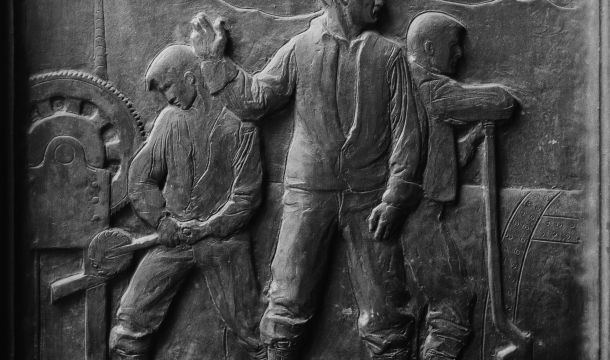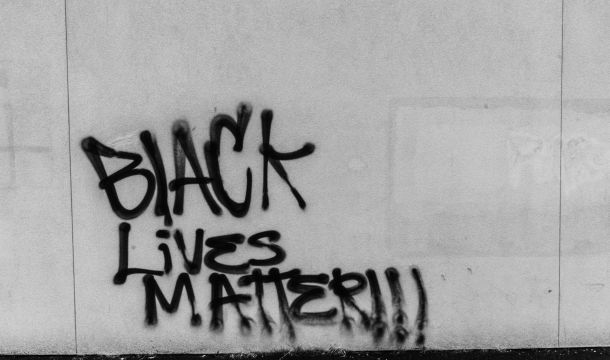NLRB Expands "Joint Employer" Doctrine to Support Labor
The NLRB issued on August 27, 2015 its long-awaited decision in Browning Ferris, 362 NLRB No. 186, which, as predicted, has greatly expanded the "joint employer" theory of employer liability under the National Labor Relations Act. The new doctrine will increase the number of situations in which one company can be found liable for another company's unfair labor practices and breaches of collective bargaining agreements and the number of entities obligated to negotiate a collective bargaining agreement. The Democrats on the Board are open about their goals, stating: "Our aim today is to put the Board's joint-employer standard on a clear and stronger analytical foundation, and, within the limits set out by the Act, to best serve the federal policy of encouraging the practice and procedure of collective bargaining."
Historically, the NLRB has determined whether two separate entities are joint employers by assessing whether they exert such direct and significant control over the same employees that they determine those matters governing the essential terms and conditions of employment. The current ruling would expand the concept of direct and shared control to one of whether one entity exercises indirect control over another entity's employees or has a right to do so. The Board indicates such decisions will be made on a case-by-case basis, and adds a great deal of uncertainty as to application of any standard.
The Board discusses the situation that where a "user" firm owns and controls the premises, dictates the essential nature of the job, and imposes the broad, operational contours of the work, and the supplier firm, pursuant to the user’s guidance, makes specific personnel decisions and administers job performance on a day-to-day basis, employees’ working conditions are a by-product of two layers of control, and thus two employers. The Board emphasizes that the important factor is the right to control, in the common-law sense, which is probative of joint-employer status, as is the actual exercise of control, whether direct or indirect.
In making its ruling, the NLRB majority also introduces a concept previously unknown to collective bargaining. That is, as a general rule, a joint employer will be required to bargain only with respect to such terms and conditions which it possesses the authority to control.
In its 3-2 ruling, the NLRB was split along party lines as the ruling was supported by the Board's three Democrats. The two Republicans on the Board stated that:
"[T]he new joint-employer test fundamentally alters the law applicable to user-supplier, lessor-lessee, tenant-subsidiary, contractor-subcontractor, franchisor-franchisee, predecessor-successor, creditor-debtor, and contractor-consumer business relationships under the Act."
The dissent points out that the change in joint employer determinations will subject many entities to unprecedented new joint bargaining obligations that most do not even know they have, to potential joint liability, and to economic protest activity, including what has heretofore been unlawful secondary boycotts. The dissent believes the majority’s test will foster substantial bargaining instability by requiring the non-consensual presence of many entities with diverse and conflicting interests on the "employer" side, and the involvement of multiple employers with each being required to bargain only with respect to the term of employment that it possesses the authority to control. The dissent suggests that this new test will introduce segmented issue-by-issue negotiating and confusion over which entities must (or must not) engage in bargaining over particular employment terms.
Related Content
Get Email Updates

NLRB to Seek Rescission of past Discipline Imposed under Overbroad Employer Work Rules

Do Drive Cam Cameras inside Trucks Violate Employee Rights?

Amazon Considers Risk When Investigating Employee Misconduct

Latest NLRB Attack Goes beyond Non-Compete Agreements to Reach Outside Employment

NLRB Board Addresses BLM Insignia at Work

